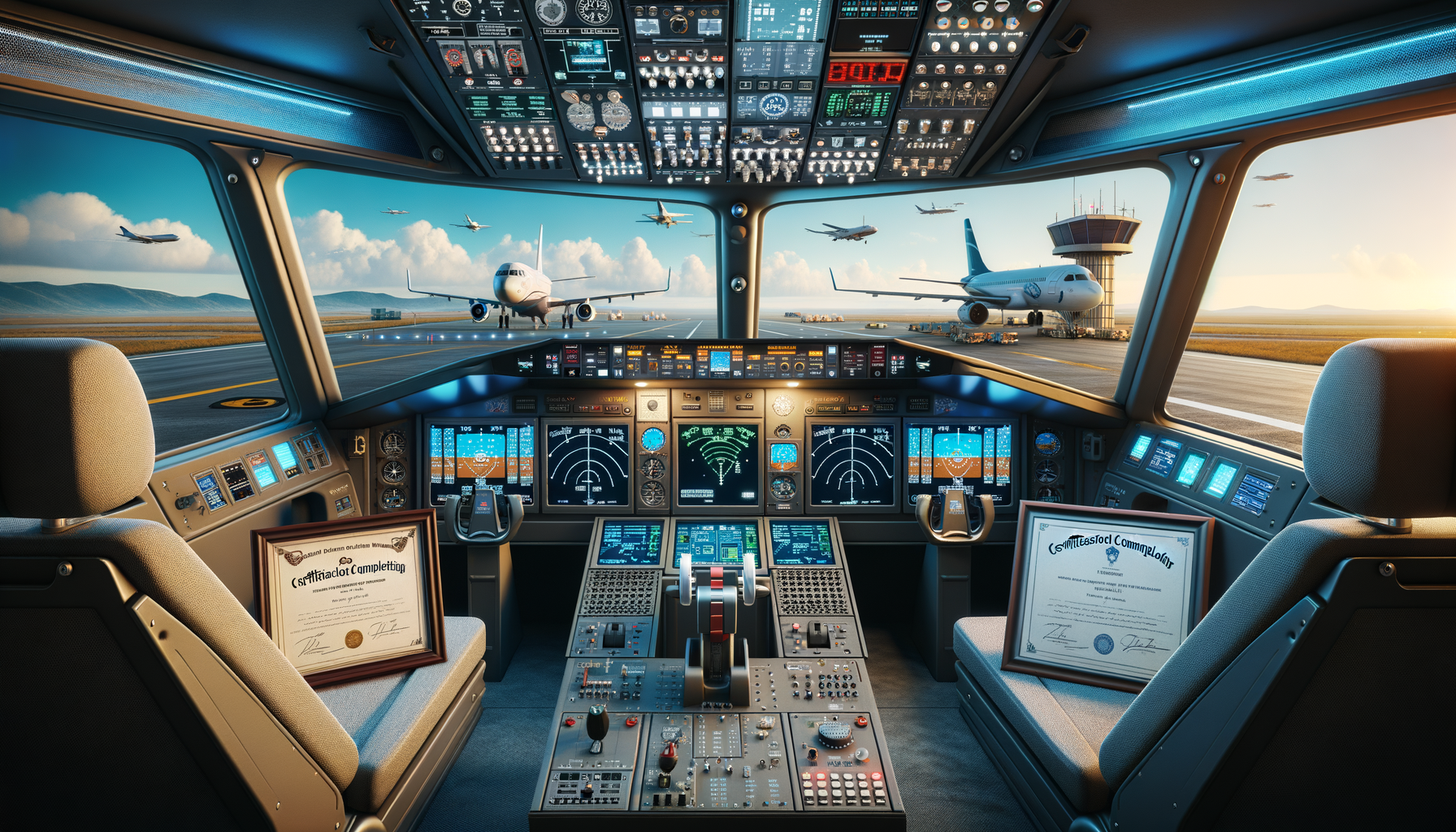
How to Fly All Around the World: Step-by-Step Guide to Becoming a Flight Attendant in the US
Understanding the Aviation Training Process
Embarking on a career as a flight attendant requires a comprehensive understanding of aviation training. This training is not merely about learning to serve passengers; it encompasses a wide array of skills and knowledge necessary for ensuring passenger safety and comfort. The training process typically involves several stages, starting with classroom instruction, where trainees learn about aviation regulations, safety procedures, and emergency protocols. This foundational knowledge is critical, as it forms the basis for all subsequent training activities.
In addition to classroom instruction, trainees participate in practical exercises that simulate in-flight scenarios. These exercises are designed to prepare them for real-world situations, such as handling medical emergencies, managing unruly passengers, and executing evacuation procedures. The practical component of aviation training is crucial, as it allows trainees to apply their theoretical knowledge in a controlled environment, thereby building confidence and competence.
Furthermore, aviation training often includes a focus on customer service skills. Flight attendants are the face of the airline, and their ability to provide exceptional service significantly impacts the passenger experience. Training programs emphasize the importance of communication, conflict resolution, and cultural sensitivity, ensuring that attendants can cater to a diverse range of passengers. The combination of safety, practical, and customer service training equips aspiring flight attendants with the tools they need to excel in their roles.
Key Components of Flight Attendant Training
The journey to becoming a flight attendant is structured around several key components, each designed to build a specific set of skills. One of the primary components is safety training, which covers a wide range of topics such as aircraft evacuation, fire fighting, and the use of emergency equipment like life vests and oxygen masks. Safety training is paramount, as flight attendants are responsible for the well-being of passengers and must be prepared to act swiftly in emergency situations.
Another essential component is first aid training. Flight attendants are often the first responders in medical emergencies, and their ability to provide basic medical care can make a significant difference in critical situations. Training programs typically cover CPR, the use of automated external defibrillators (AEDs), and the management of common medical conditions that may arise during a flight.
Customer service training is also a significant focus. Flight attendants must be adept at handling a variety of passenger interactions, from addressing complaints to providing information and assistance. This aspect of training emphasizes the importance of empathy, patience, and effective communication. Additionally, cultural awareness training is often included to prepare attendants for interacting with passengers from diverse backgrounds, ensuring a respectful and inclusive environment on board.
The Role of Certification and Ongoing Education
Certification is a crucial step in the journey to becoming a flight attendant. In the United States, aspiring attendants must obtain a Certificate of Demonstrated Proficiency from the Federal Aviation Administration (FAA). This certification process involves passing a rigorous examination that tests the knowledge and skills acquired during training. The certification ensures that flight attendants meet the high standards required to operate safely and effectively in the aviation industry.
Beyond initial certification, ongoing education plays a vital role in a flight attendant’s career. The aviation industry is dynamic, with regulations, technologies, and best practices continually evolving. Airlines often require attendants to participate in recurrent training programs to stay updated on the latest developments. These programs may include refresher courses on safety procedures, updates on new aircraft models, and training on emerging customer service trends.
Ongoing education not only enhances a flight attendant’s skills but also contributes to career advancement opportunities. Experienced attendants may pursue specialized training in areas such as leadership, language skills, or specific aircraft types, positioning themselves for roles with greater responsibility. The commitment to continuous learning is a hallmark of a successful flight attendant, ensuring they remain adaptable and proficient throughout their careers.


